One of the things I've been putting off for as long as possible is dealing with SB08-1, the dreaded ECI service bulletin. The gist of it is that if you are unlucky enough to have a cylinder that came from a bad batch, it must be replaced with a new one, lest it develop a crack in-flight with spectacular and exciting results. Imagine how lucky you have to be for all four of your cylinders to be bad, like mine are! Fortunately I was able to work out a warranty deal with the company, but it's still going to be an expensive fix. At least I'll come out ahead of where I'd be if I had to buy four new cylinders at full retail price.
I waited until I couldn't make any further progress on the engine without starting to attach things semi-permanently, then finally gritted my teeth and started unbolting things. I took off the baffles, dropped the exhaust (and sent it back to the manufacturer to fix a different potential cracking issue), pulled the spark plugs, and so forth.

One of the many piles of stuff that came off the engine:

I've owned and maintained Lycoming engines before, but I've never done any serious maintenance like removing a cylinder. I decided to hire out the job to a local A&P, from whom I learned a lot about how it's done. Definitely worth the cost of hiring a pro to show you the ropes the first time when you're working on an engine that costs as much as a nice new car. But now look how sad it looks with the jugs removed:
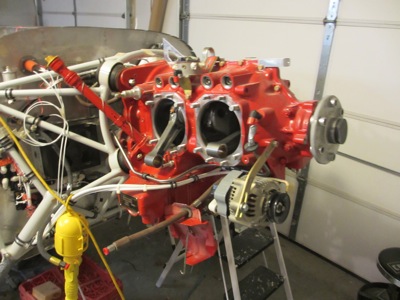
Four bad cylinder assemblies, ready to be shipped back to where they came from. If you've never seen an air-cooled aircraft engine cylinder up close, these are about the size of a gallon of milk (I guess that's why they call them jugs?) and weigh maybe twenty pounds apiece. I saved the valve covers, pushrods, rocker arms, injector nozzles, and wrist pins – everything else including the pistons and rings goes back and gets replaced with new parts.

Amazing how many little things have to be removed before you can take the cylinders off:
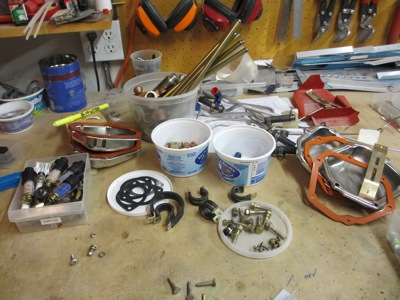
On the bright side, pulling the cylinders gives me a chance to look inside the engine for corrosion. I was slightly worried that some internal rust might have started during the (sadly) extended period the engine has been sitting in my non climate controlled garage, but happily everything I can see inside the engine looks shiny and new.
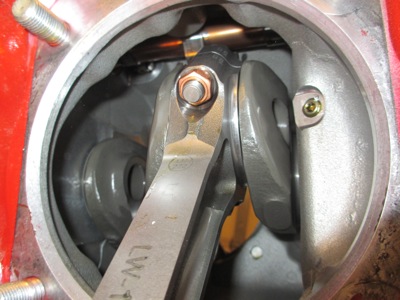
The ever-critical camshaft looks great as well. Once the cam starts to go, you're looking at a five-figure engine teardown. Luckily that date appears to still be a long ways off.
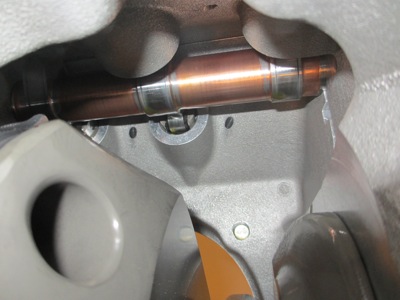
I boxed up the old cylinders and sent them on their way. Meanwhile I threw a tarp over the engine to keep stuff from falling into the open cylinder holes while I'm waiting for new jugs to arrive.
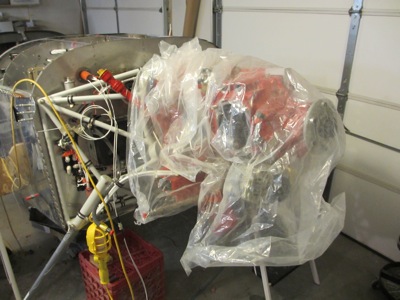
Although it is without a doubt an unfortunate backwards step, this chore is actually also a bit exciting, since it means that once the new cylinders are installed, I'll be able to start attaching things to the engine for the last time. Think positive…













